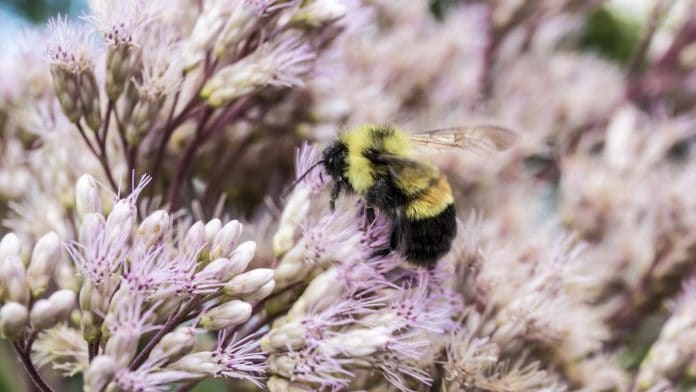
Up to 1 million of the estimated 8 million plant and animal species on Earth are at risk of extinction — many of them within decades — according to scientists and researchers who produced a sweeping U.N. report on how humanity’s burgeoning growth is putting the world’s biodiversity at perilous risk.
Some of the report’s findings might not seem new to those who have followed stories of how humans have affected the environment, from shifts in seasons to the prevalence of plastics and other contaminants in water. But its authors say the assessment is the most accurate and comprehensive review yet of the damage people are inflicting on the planet. And they warn that nature is declining at “unprecedented” rates and that the changes will put people at risk.
Roslan Rahman/AFP/Getty Images
“Protecting biodiversity amounts to protecting humanity,” UNESCO Director-General Audrey Azoulay said at a news conference about the findings Monday morning.
The report depicts “an ominous picture,” says Sir Robert Watson, chair of the Intergovernmental Science-Policy Platform on Biodiversity and Ecosystem Services (commonly called the IPBES), which compiled the assessment.
A lot of species are near extinction
The report lists a number of key global threats, from humans’ use of land and sea resources to challenges posed by climate change, pollution and invasive species.
“Insect pollinators are unfortunately an excellent example of the problems caused by human activities,” Scott McArt,an entomology professor at Cornell University, says in a statement about the report.
“There’s actually a newly coined phrase for insect declines — the ‘windshield effect’ — owing to the fact that if you drove your car at dusk 30 years ago, you would need to clean the windshield frequently, but that’s no longer the case today,” McArt says.
Here’s a short selection of some of the report’s notable findings:
- 75% of land environment and some 66% of the marine environment “have been significantly altered by human actions.”
- “More than a third of the world’s land surface and nearly 75% of freshwater resources” are used for crops or livestock.
- “Up to $577 billion in annual global crops are at risk from pollinator loss.”
- Between 100 million and 300 million people now face “increased risk of floods and hurricanes because of loss of coastal habitats and protection.”
- Since 1992, the world’s urban areas have more than doubled.
- “Plastic pollution has increased tenfold since 1980,” and from “300-400 million tons of heavy metals, solvents, toxic sludge” and other industrial waste are dumped into the world’s water systems.
The assessment highlights dire predictions for habitats and native species in South America and parts of Asia. But the NWF’s O’Mara warns that the U.S. also has much to lose — especially if biodiversity is viewed as someone else’s problem.
“This is a problem here at home,” O’Mara says. “About one-third of all species right now in the U.S. are at heightened risk of potential extinction in the next couple of decades.”
Echoing what environmental experts said in Europe as the IPBES released its report, O’Mara says it is not too late to act.